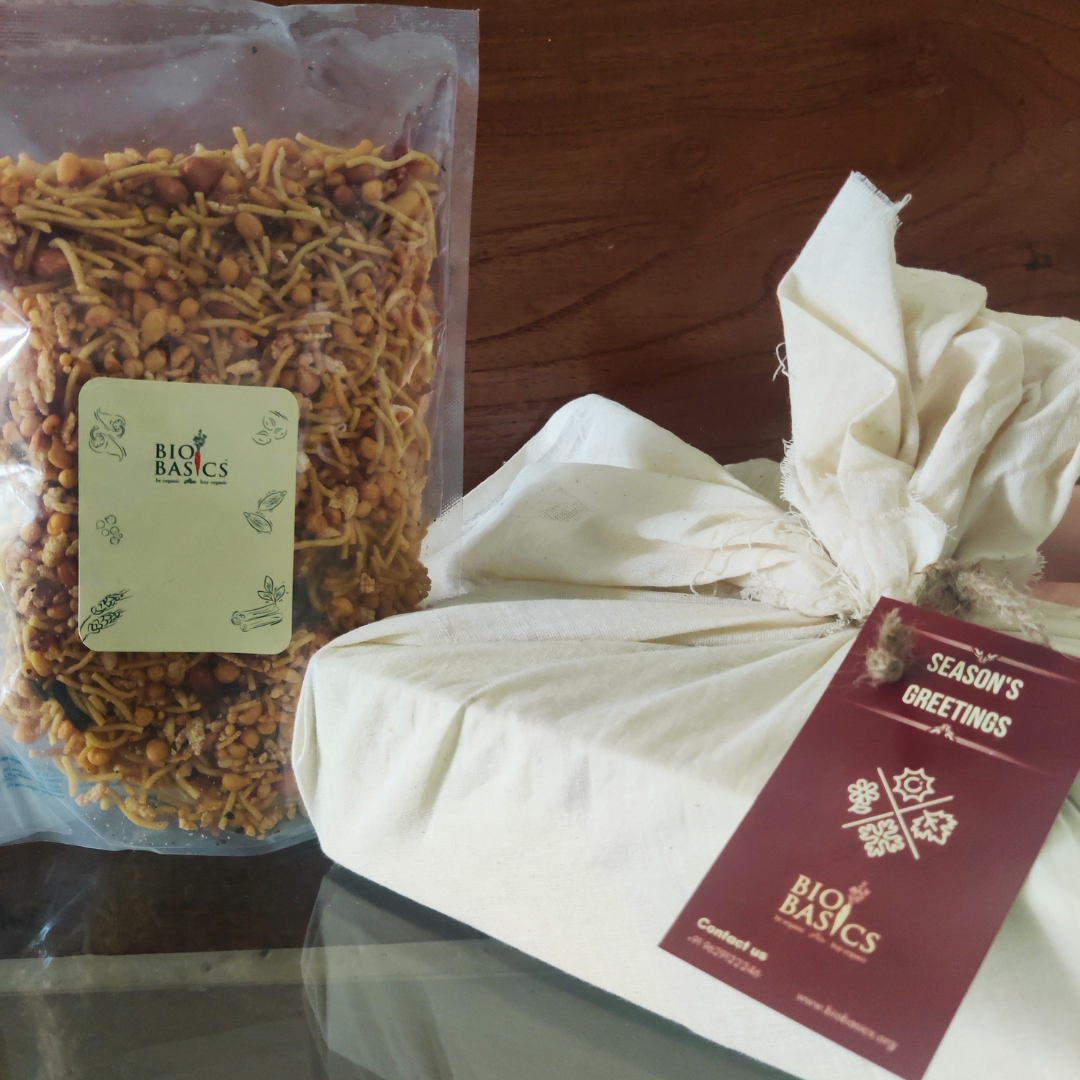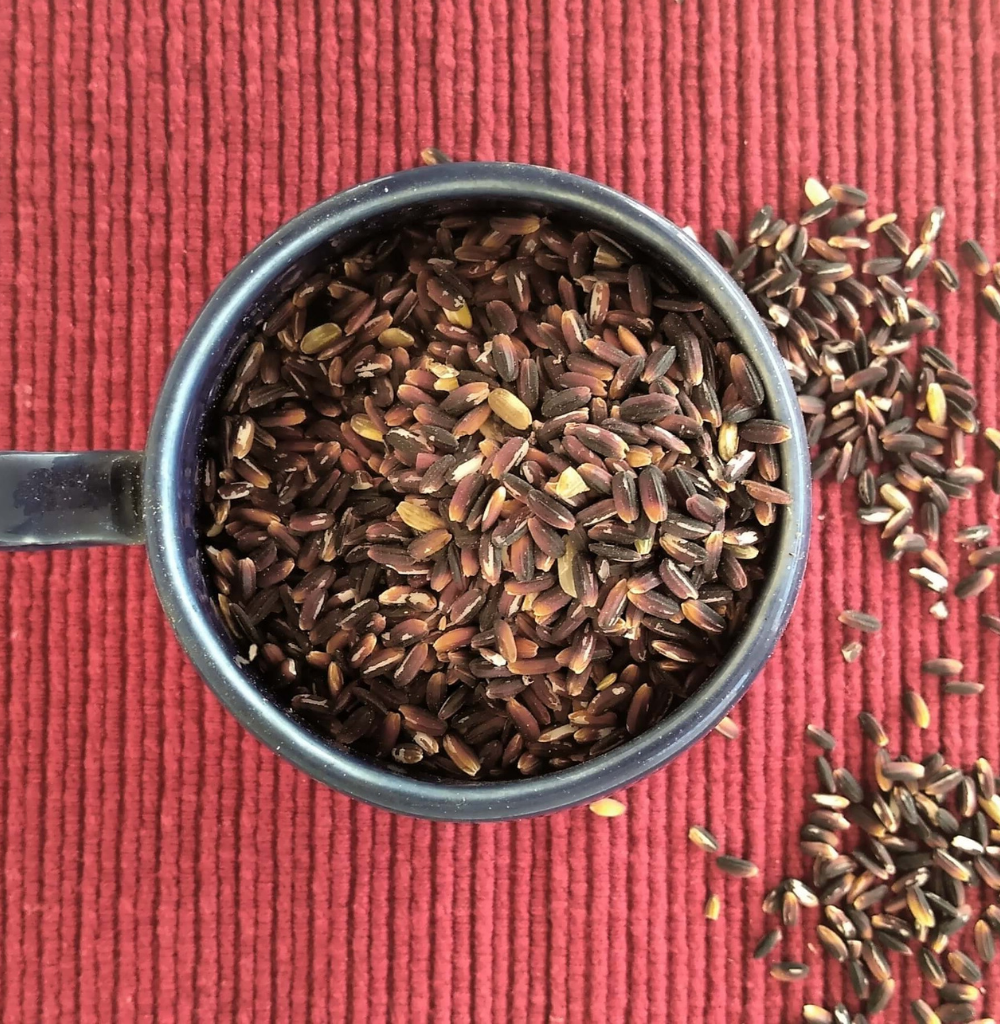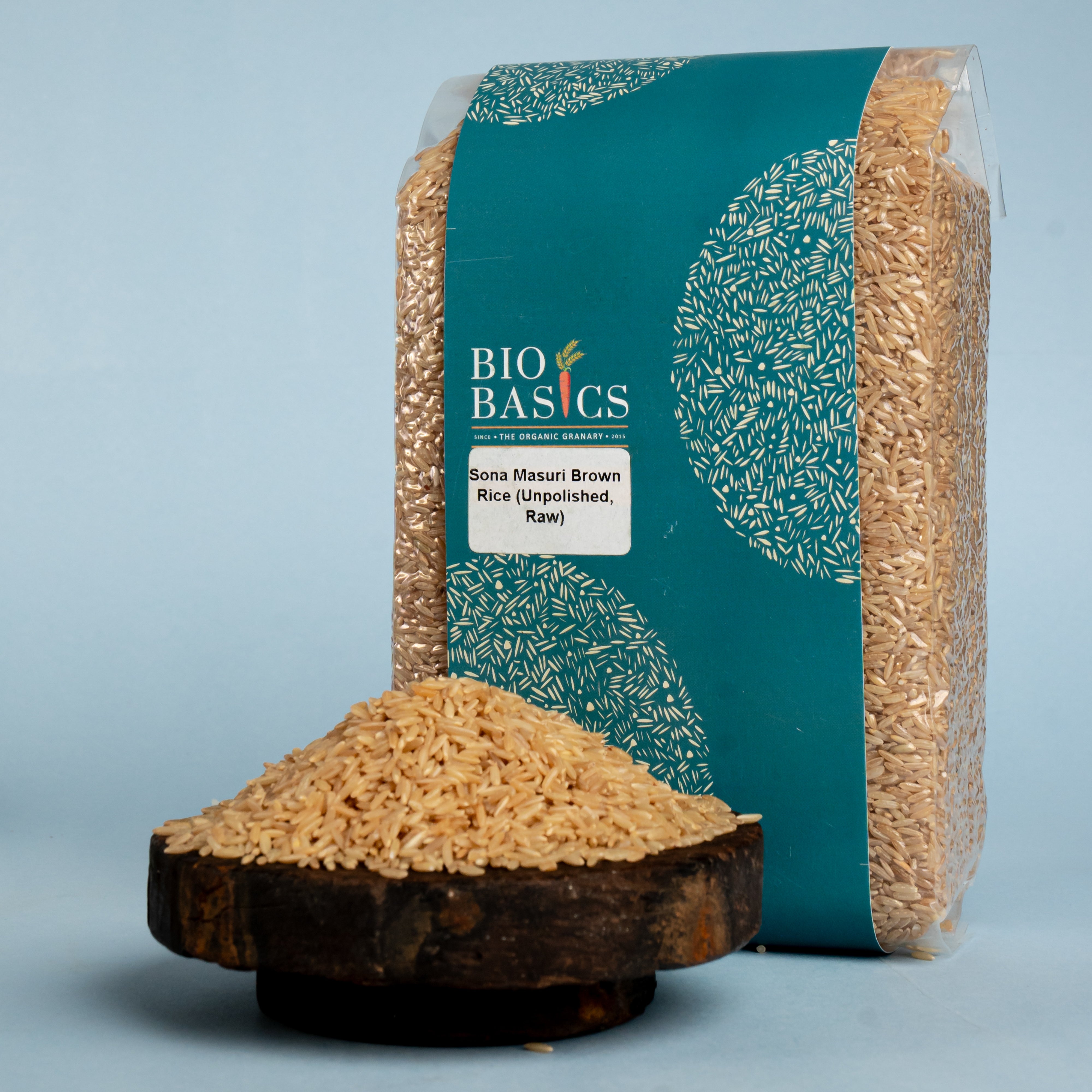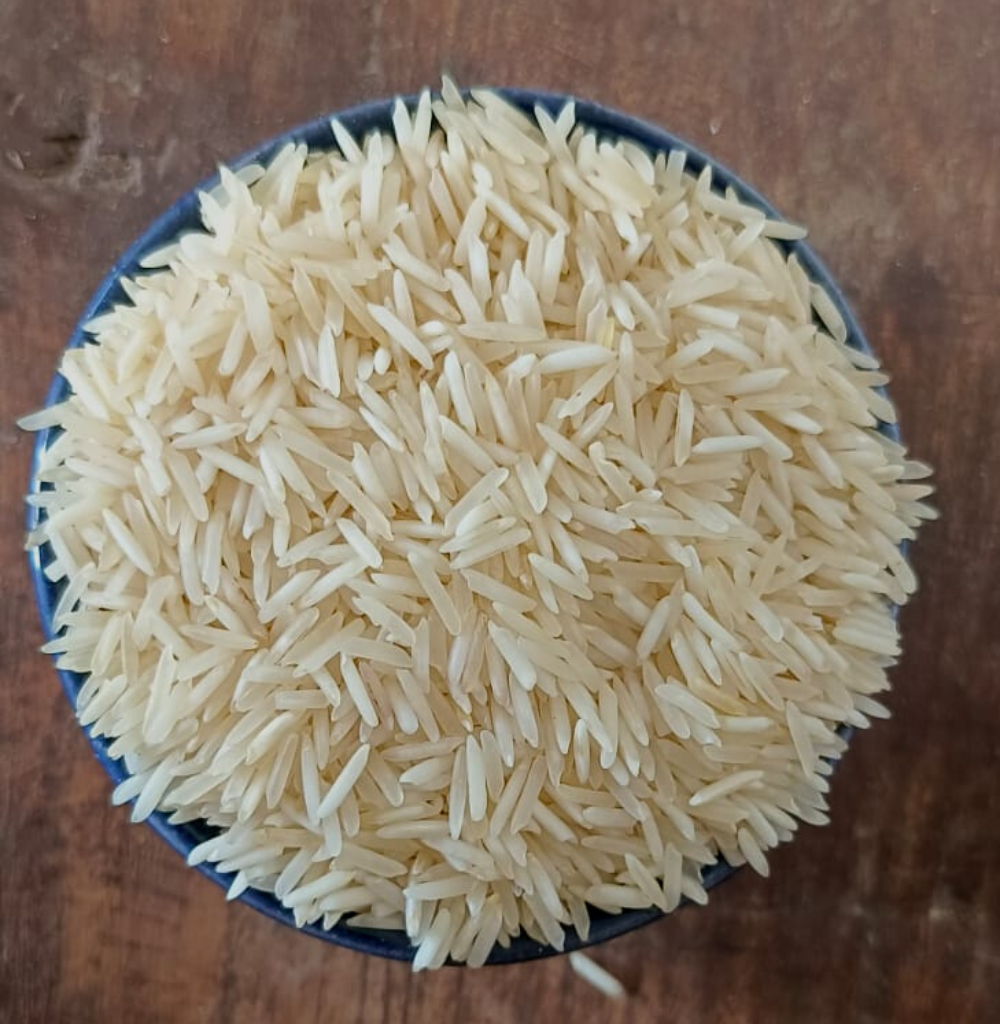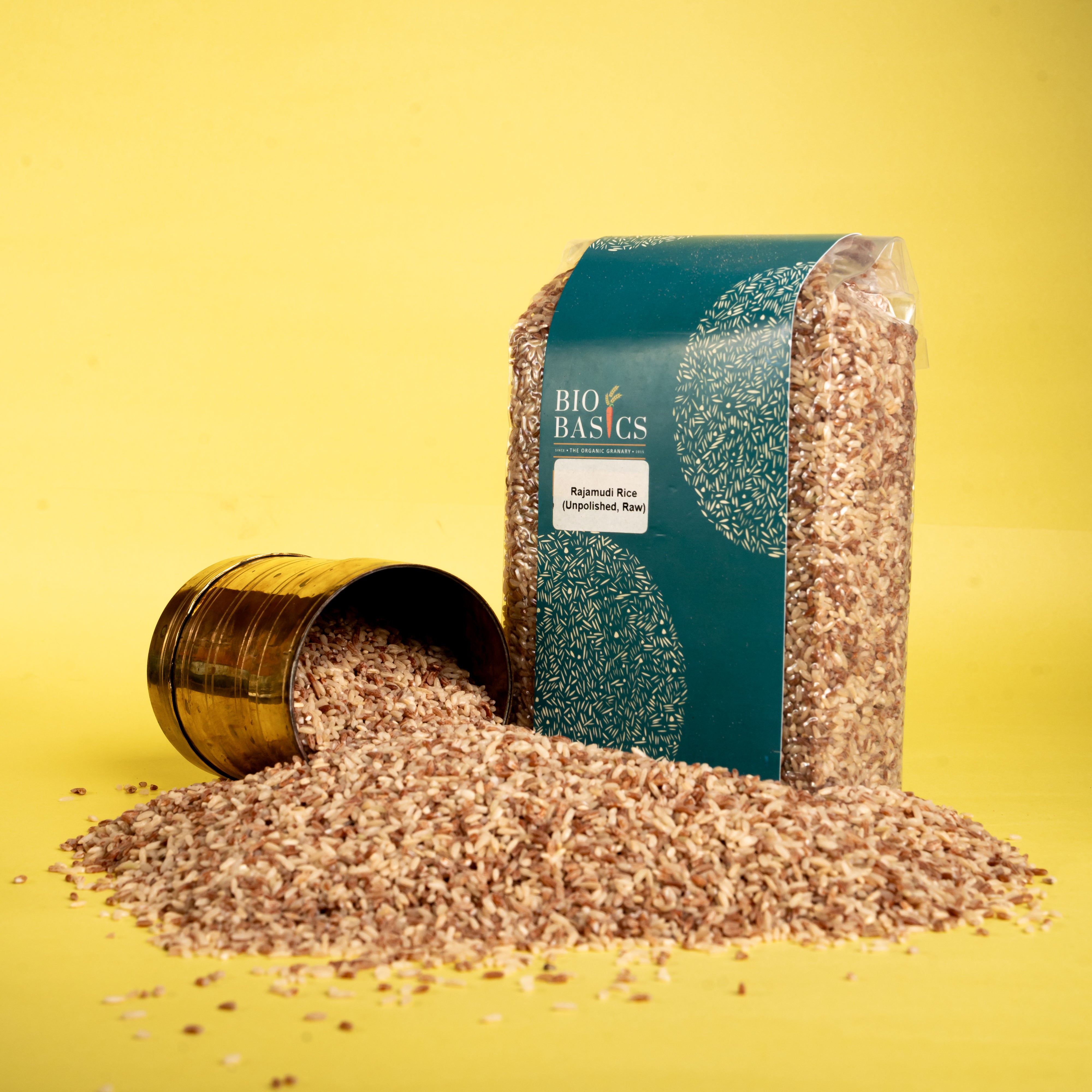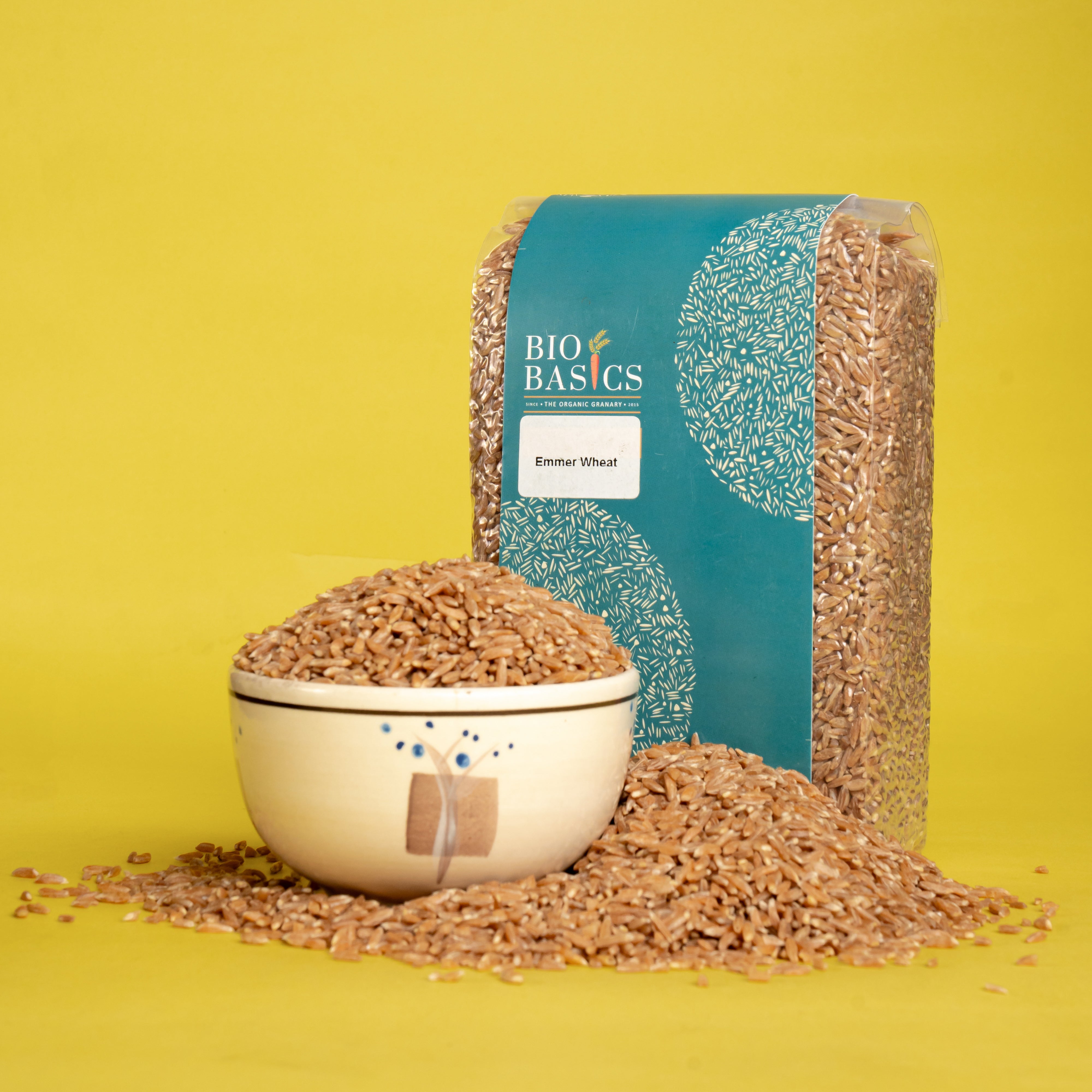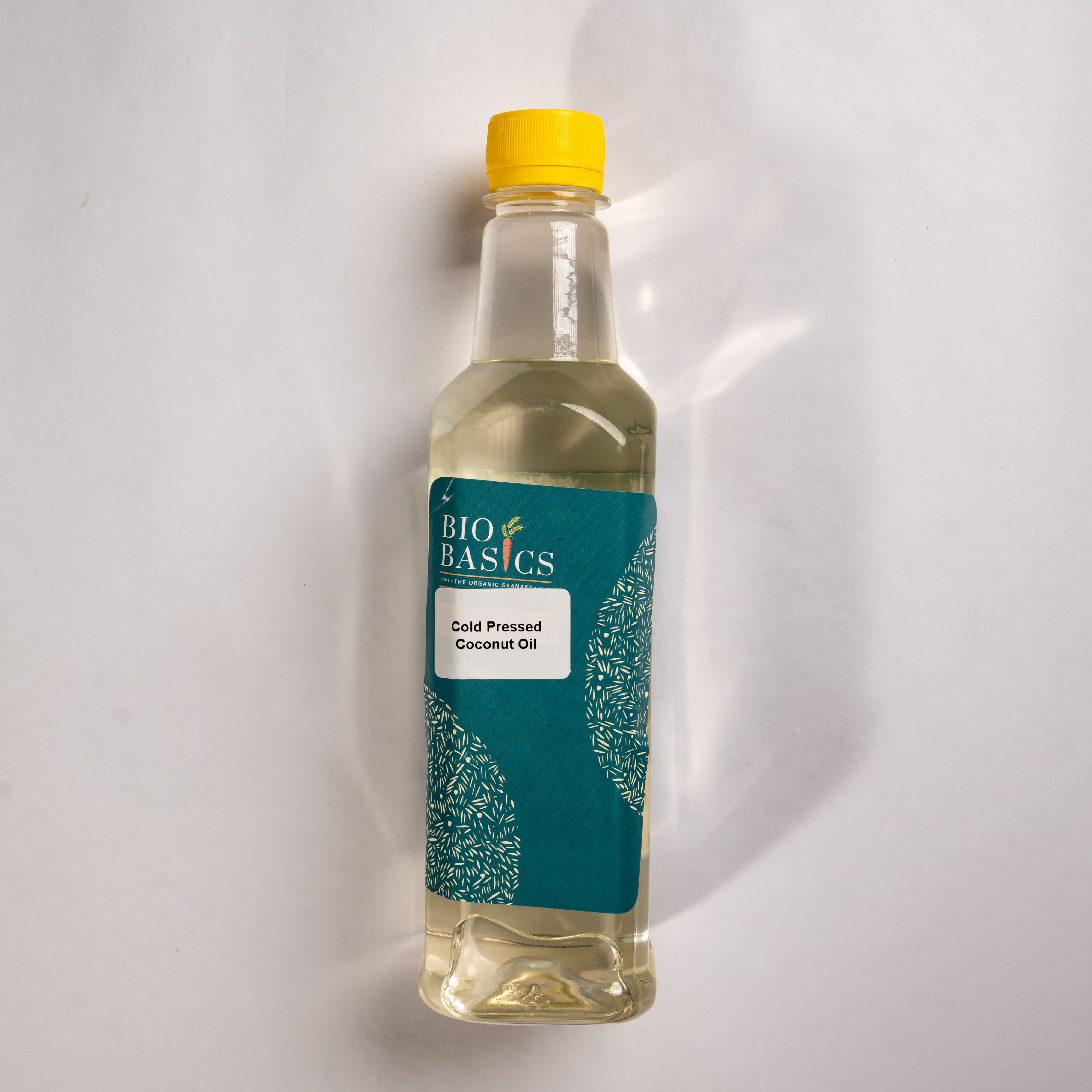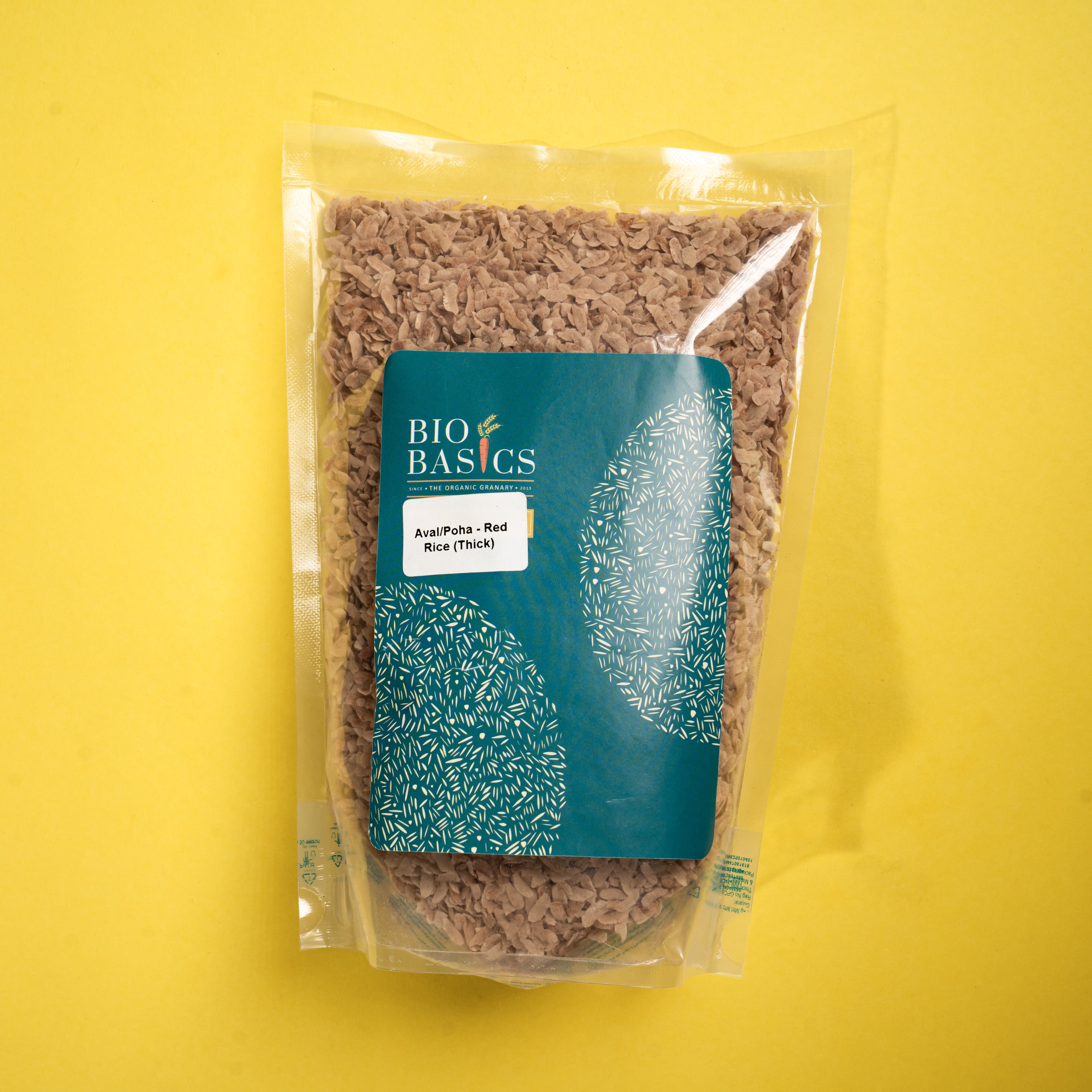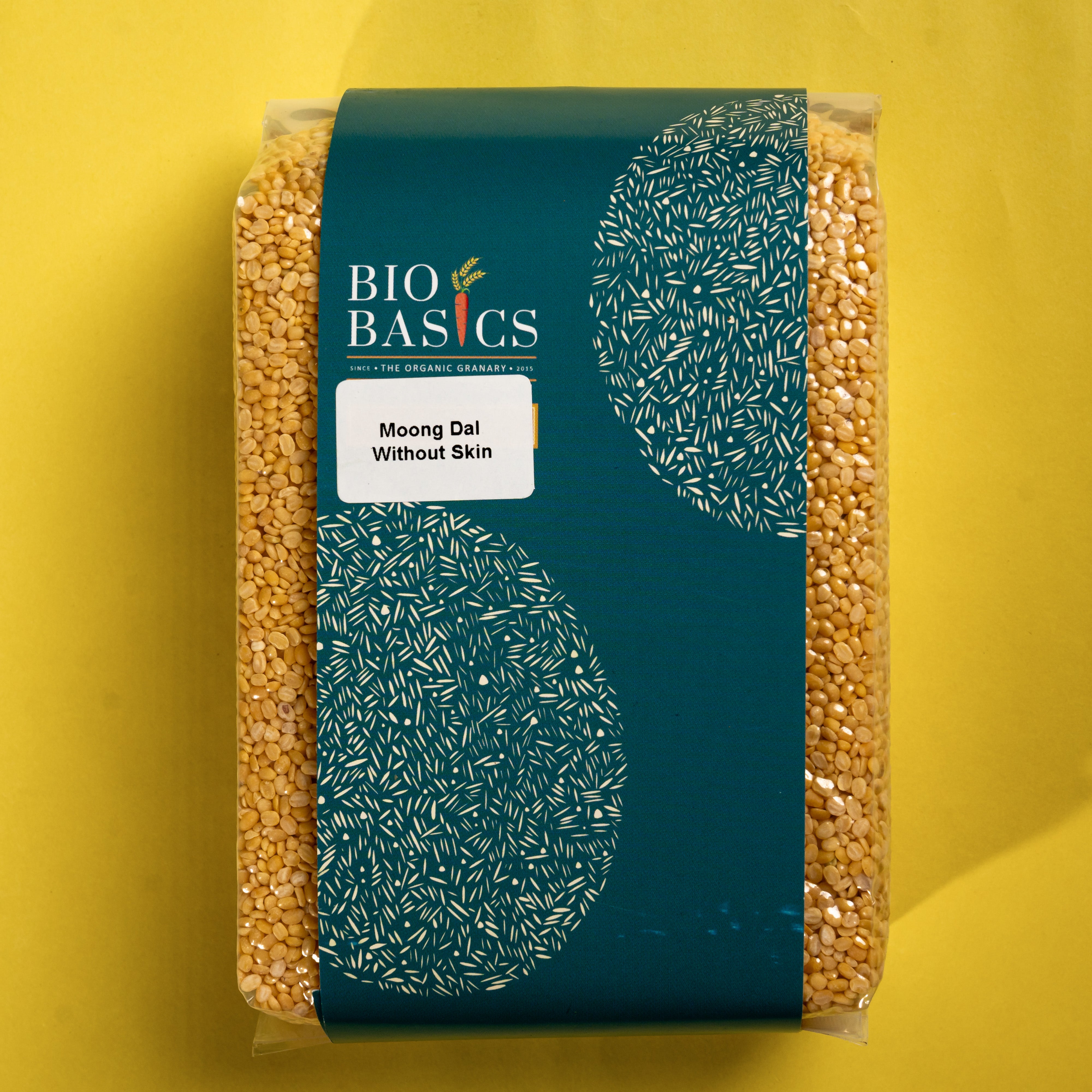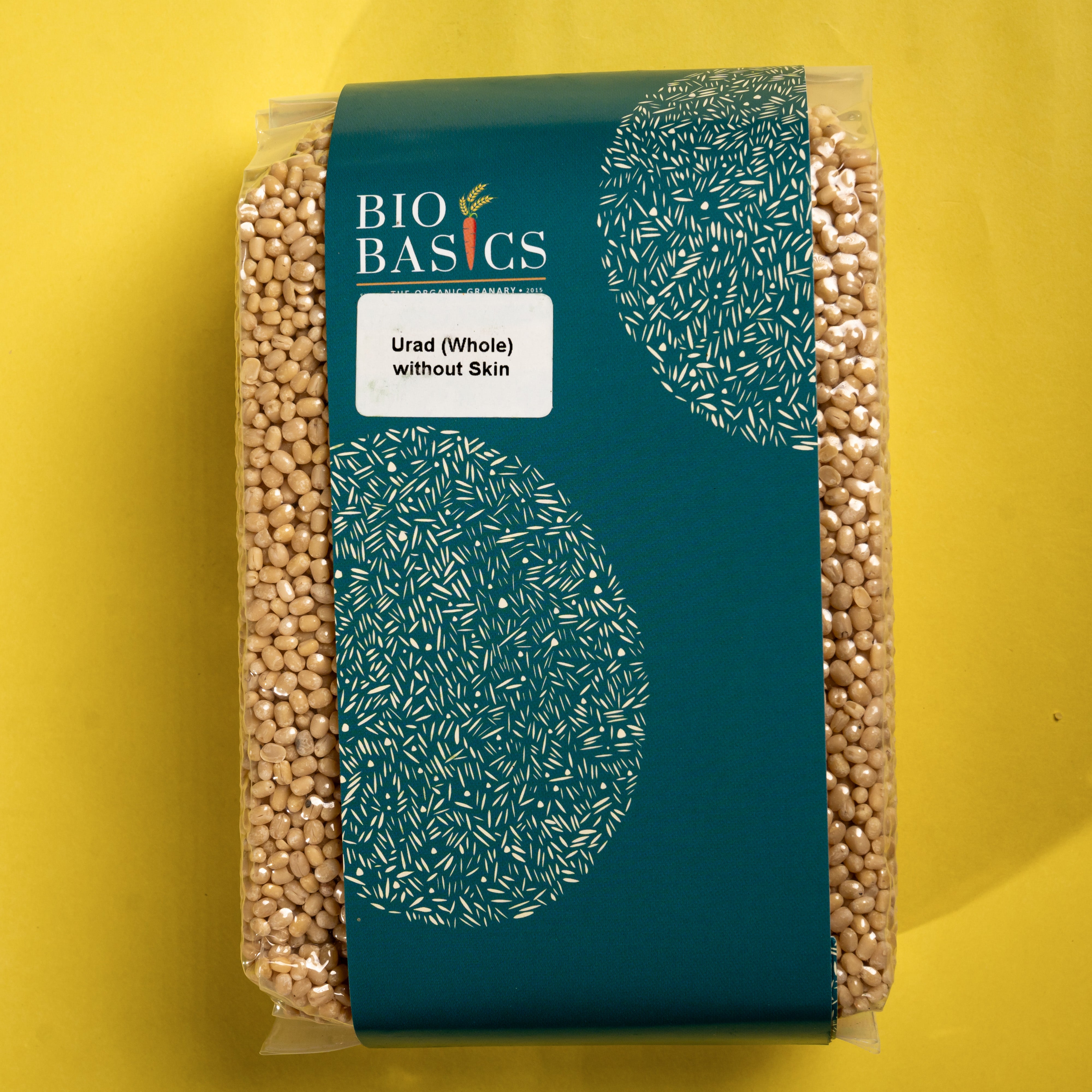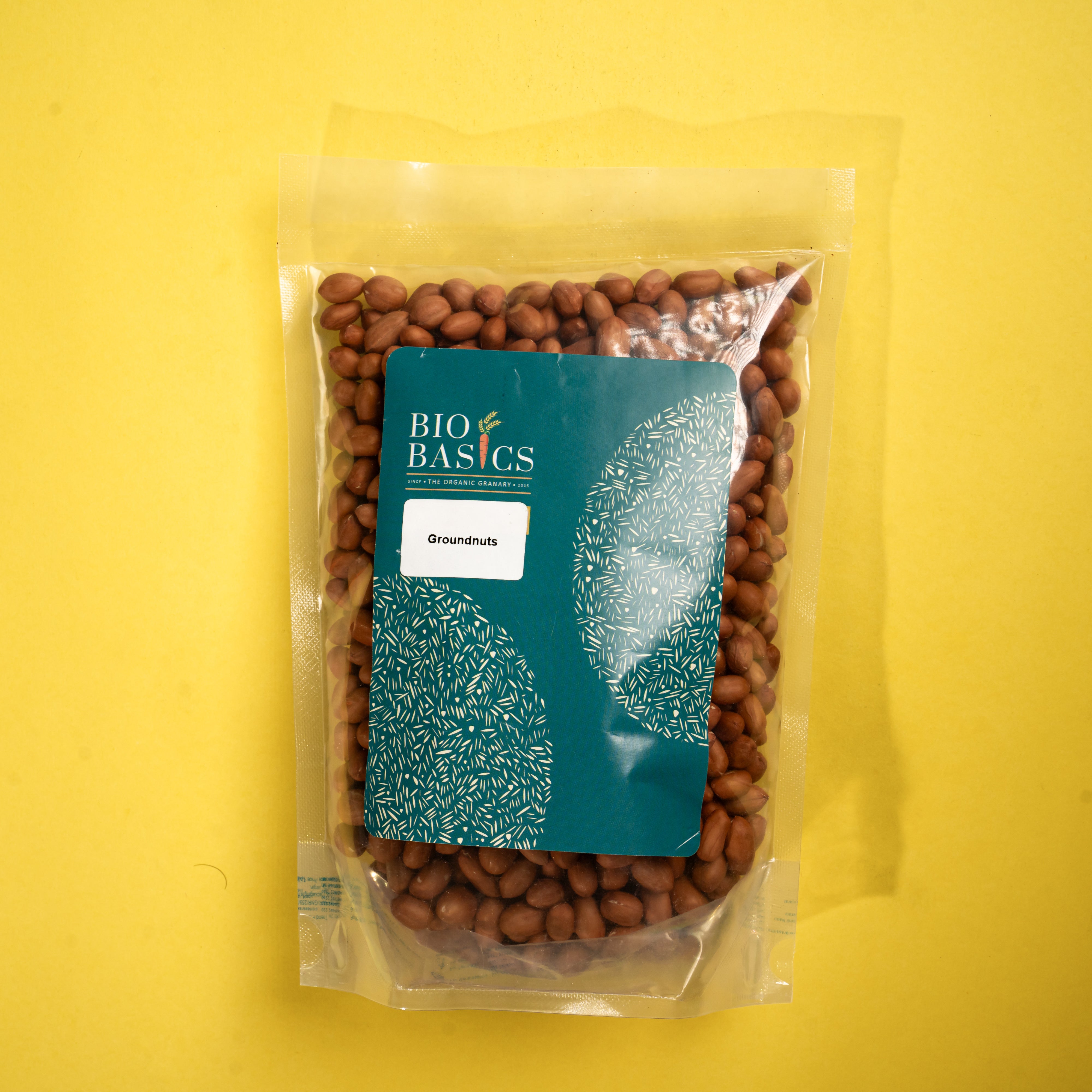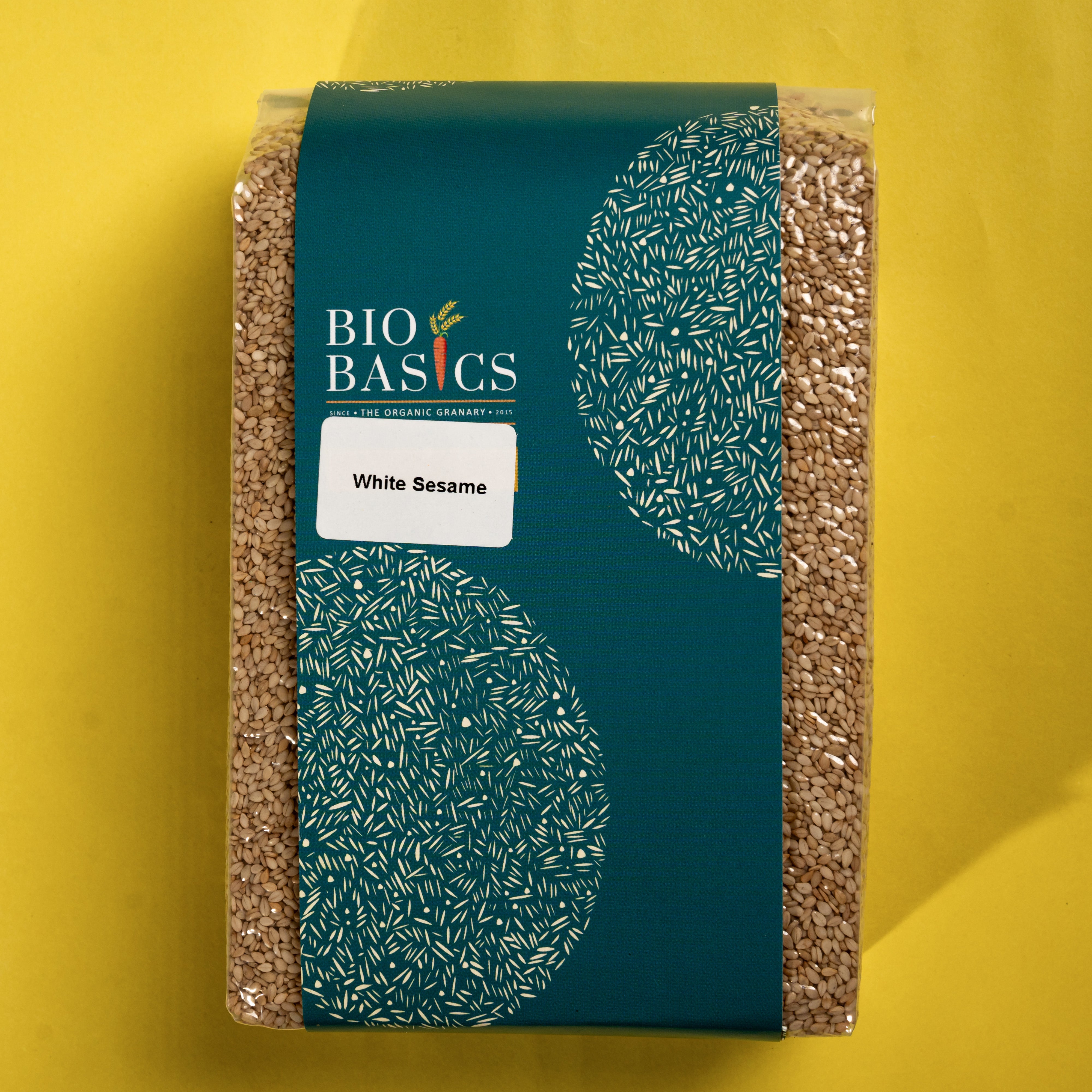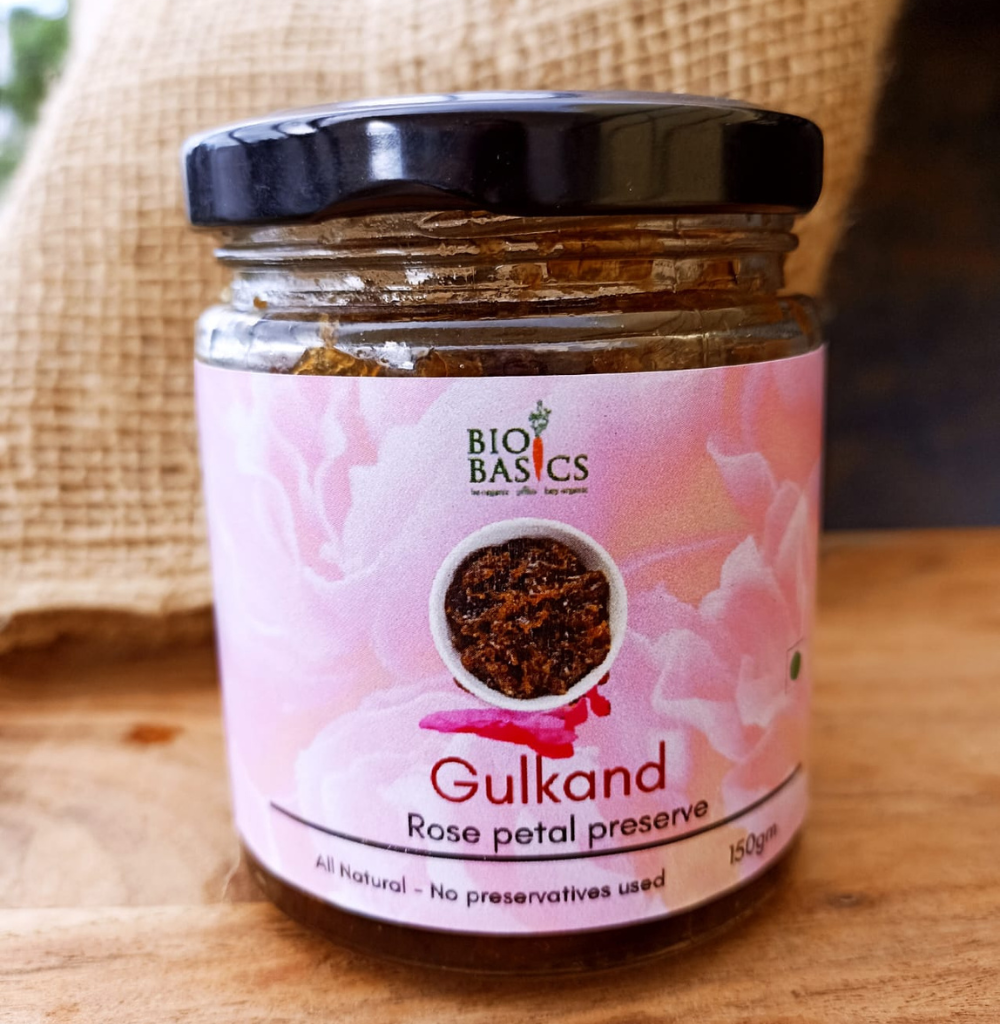A delicious, small grained sticky rice grown in Eastern India. Ours comes from a single farm, organically grown. According to Soumik who works on paddy conservation, “Towards the end of the 16th century a Seth family founded the village of Gobindopur in the east bank of the river Ganges. This was one of the villages that eventually became Kolkata. A scented variety of rice was grown there to prepare the offering ( bhog) to their deity Govindjee, thus the rice got its name of Gobindobhog.”
Gibindobhog , which is a Kharif crop sown in July and harvested in December (145-150 days duration) . It doesnt have too much pest problems, but is suspetible to diseases in the initial days and as is the case with aromatic rices , it is low yielding . It is one of the most popular aromatic rices from West Bengal. However , you should get it from a trusted , organic source as it is mixed with non scented rice due to its value and popularity.

Gobindobhog has a buttery mouthfeel and is delicious and suitable for anything from desserts to table rice to a risotto. Almost for every festival in West Bengal Gobindobhog payesh is an offering. Kichadi and Pitha ( the Bengali delicacy with rice flour, coconut & milk) are also commonly made with this beautiful rice.
It is great to make pulavs, payasam (kheer), or other South India dishes like appams, paniyarams, puttu or for table rice. It is also delicious as poha. Some innovative soul has made Japanese sticky rice delicacies also with this rice.

Cooking instructions: Use 1 : 2.5 water, cook in a vessel ( no pressure cooking reqd) with a lid on a low fire, add a little salt or a spoon of oil to keep the rice grains separate…
I make payasam, table rice and pumpkin rice with coconut milk with Gobindobhog, we relish it and feel grateful to the farmers who grow these gifts for us! Try it : So easy to fall in love with it …


